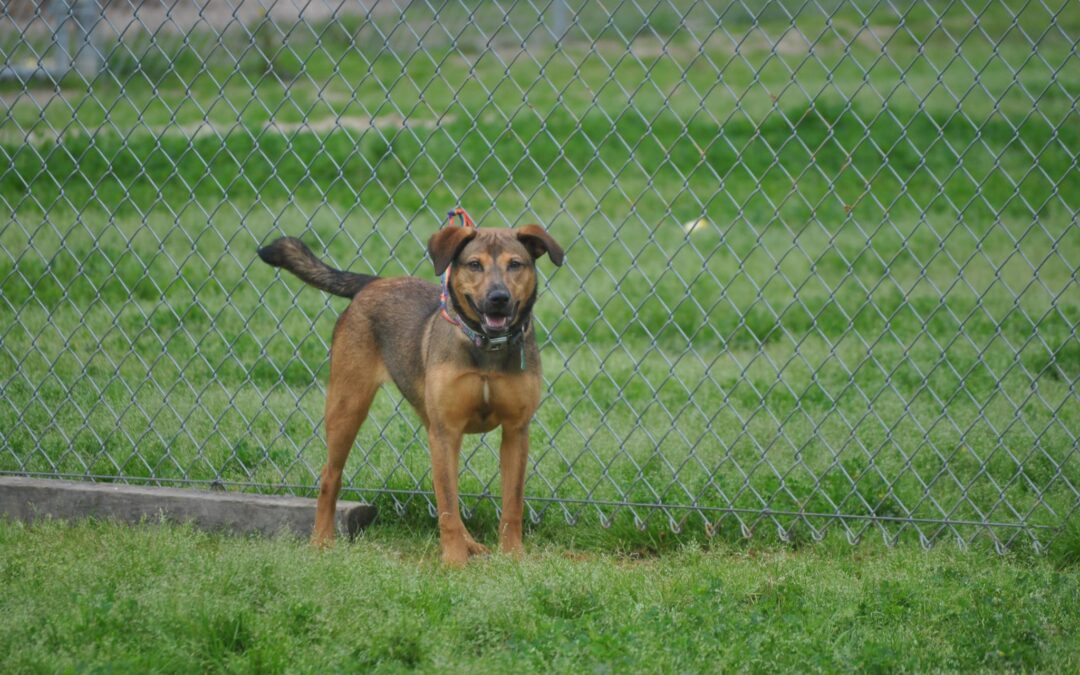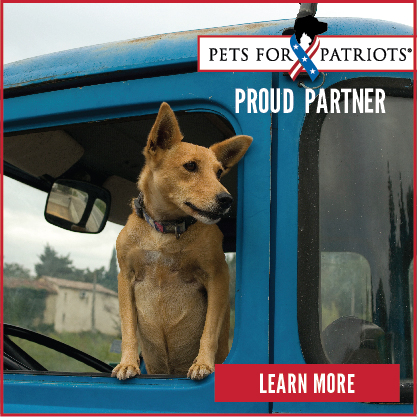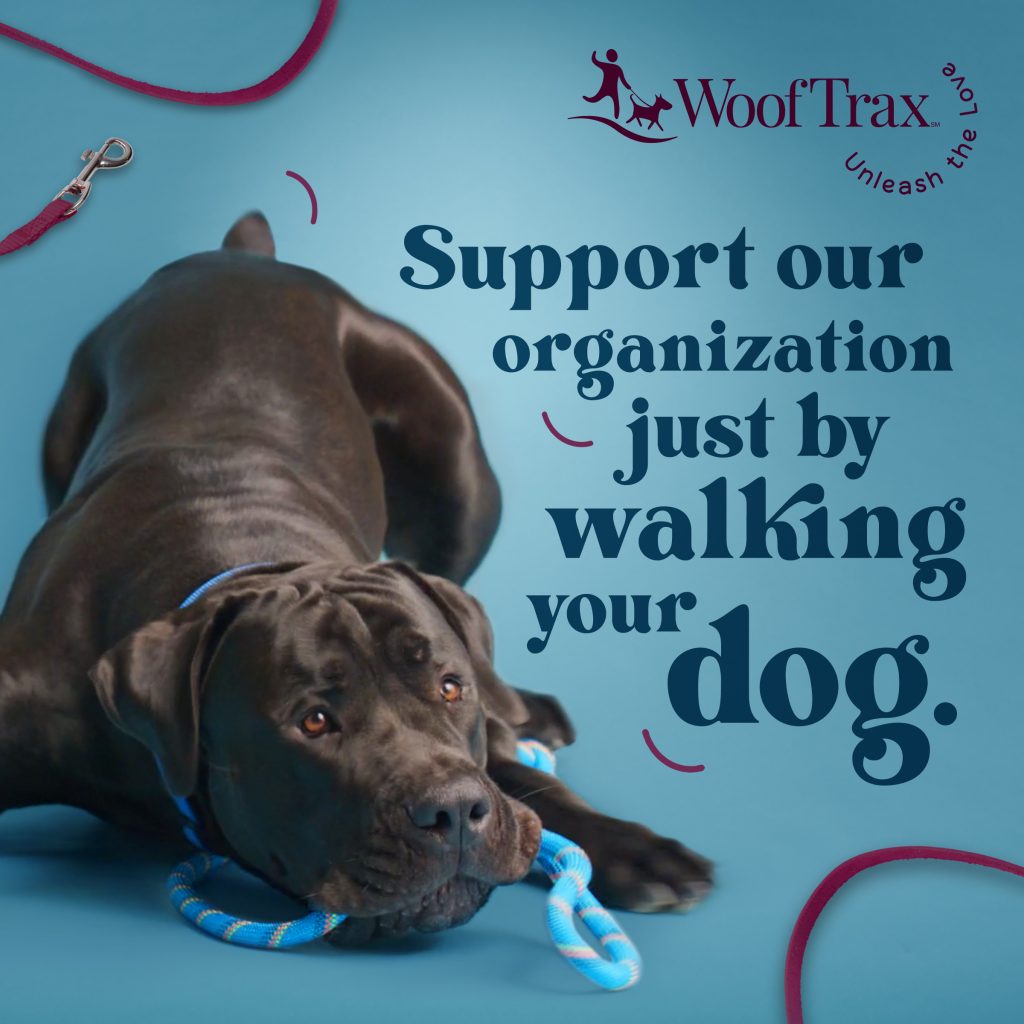You found a lost dog.
You decide to pick it up.
Keep in mind that it isn’t a requirement that you do pick up the dog. Picking up the dog has consequences, so think before you act. If your spouse or landlord will blow a gasket, or if you are flying out of town the next morning, or if you have no way to keep the dog safely contained, don’t go out on a limb and pick up the dog. There are other dog lovers who will see this dog. Or, it may even return home on its own.
You have decided to pick up the dog.
What do you do next?
1. Safely contain the dog. Put the animal in a place where it can’t escape, ideally a crate in your garage. Provide plenty of water, check for injuries, and a collar. If there are tags, call the number to see if you can connect with an owner or at least leave a message.
2. Take a photo of the dog with your phone, preferably from the side, so that is easy to see its size and markings. Post it on your Facebook with the cross-streets/neighborhood or location where you found the dog.
3. Take the dog to any vet (make sure it is collared and leashed) and have it scanned for a microchip. If it is microchipped, generally the front desk person at the vet can assist in contacting the company to see if the chip is registered to a valid number. Keep in mind the chip (if there is one) may not be registered or the number may not be valid or in-service.
4. Do not assume that just because there is no collar or tags and/or no microchip (or invalid number) that the dog does NOT have an owner. Many lost dogs are not chipped. Collars and tags fall off and/or may have been removed.
5. Post the photo you took on local “lost pets” websites, including, but not limited to:
- Go here first to access the website and make a printable Found Dog poster: http://www.helpinglostpets.com
- Woodlands Online: http://www.woodlandsonline.com/clps/clscatlist.cfm?cmid=22
- Post on your local www.NextDoor.com Community
- Area Lost and Found Facebook Pages such as: https://www.facebook.com/LostPetsMC/?fref=ts
6. Print out copies (doesn’t have to be in color, but it’s better if they are) of the Found Dog. Make sure you have a contact number on the poster. Post the flyers liberally in the area near and around where you found the dog. You should go by the local shelters and post a flier on the Lost Pets wall.
7. Take flyers to Veterinarian offices, Petco/Petsmart or other pet stores, groomers and the nearby dog parks and show them to the clerks or post them.
8. If you have to keep the dog overnight, feed and water it and let it do its potty business out in the back yard. It is not necessary to let it mix at all with your dogs. It is better not let the dogs interact if you are afraid of fighting or the spread of illnesses. If your dogs are healthy, fully vaccinated and on a good-quality flea-prevention, then it is highly unlikely for them to catch an illness from a stray dog, although some skin issues (ringworm and sarcoptic mange) are contagious. Use common sense.
9. Be prepared to keep the dog for a few days. You should put of fresh flyers if they become soiled. If you find the dog in the evening, or at the beginning of a weekend, keep in mind that the owner may be gone and may not even know their dog is missing. If someone has been asked or even hired to watch and feed the dog, they may not inform the owner in case the dog returns home on its own. If you feel comfortable walking the dog, you can walk it in the neighborhood where you found it and ask other dog walkers if they recognize the dog.
10. At this point, some people feel they need to get the dog basic vaccines. You can use your own vet or a mobile clinic (Google to find ones near you) but be aware this can be expensive. If you decided to vaccinate, you should get a DAPP, Bordatella and Rabies. You can also have the dog dewormed (especially if the stools are loose or you see evidence of worms). You can get a heartworm test. You can purchase flea medicines. This is all optional.
11. If, after several days, you have had no leads, you can intensify your search find a rescue that can assist. Be patient and kind. Don’t make threats (eg: “I will take this dog to a shelter if you don’t help me”) You always have the option at any point to surrender the dog as a stray to a shelter. However, this is decision that comes with risks for the dog.
12. Do be specific and polite when inquiring to a rescue. Provide a description, details on how you came to have the dog and exactly what sort of help you would like from the rescue (don’t say, “Please help!!!!!) Be generous: Offer to make a cash donation (as much as you can—it can cost $200 just to do basic prep to get a dog ready for a adoption). Have paperwork of any vetting you have done ready.
Keep in mind that all rescues are volunteer and most have limited space and funding. Few rescues have a facility of any kind and adding an animal to their program takes time (generally several days, not several hours). Some rescues may offer to take the dog if you make a financial donation, but all rescues appreciate a donation. Don’t make them come to you—be prepared to make it easy for the rescue. Most rescues will not take an animal sight unseen. They need to meet the dog first. If they have a specific process or location where they do these meet-ups, don’t ask for an exception.
Rescue people are volunteers and are besieged with urgent requests. People who do rescue suffer the same inconveniences you do (multiplied and open-ended) when you take a strange dog into your household. If the rescue asks whether you can foster (even if for a few days), try to comply — it will greatly increase your chances of saving this dog’s life. If you can’t, don’t offer excuses. Saying “I have pets of my own, the dog doesn’t get on with my pets, I have a job, children, etc” doesn’t make your situation more urgent. Rescue people have all these situations, too, and it doesn’t stop them from helping).
Do be honest – if you are leaving town soon, or your landlord has given you a deadline, provide a “must- be-gone” date. But don’t fabricate a date. Don’t make promises you don’t intend to keep. And be patient as it takes time for rescues to respond. Ask for alternatives to try if a certain rescue can’t help. Don’t get mad at them if you don’t like the suggestions.
Picking up the dog and taking it to your house is just the first step in what is a longer, more complicated process.




